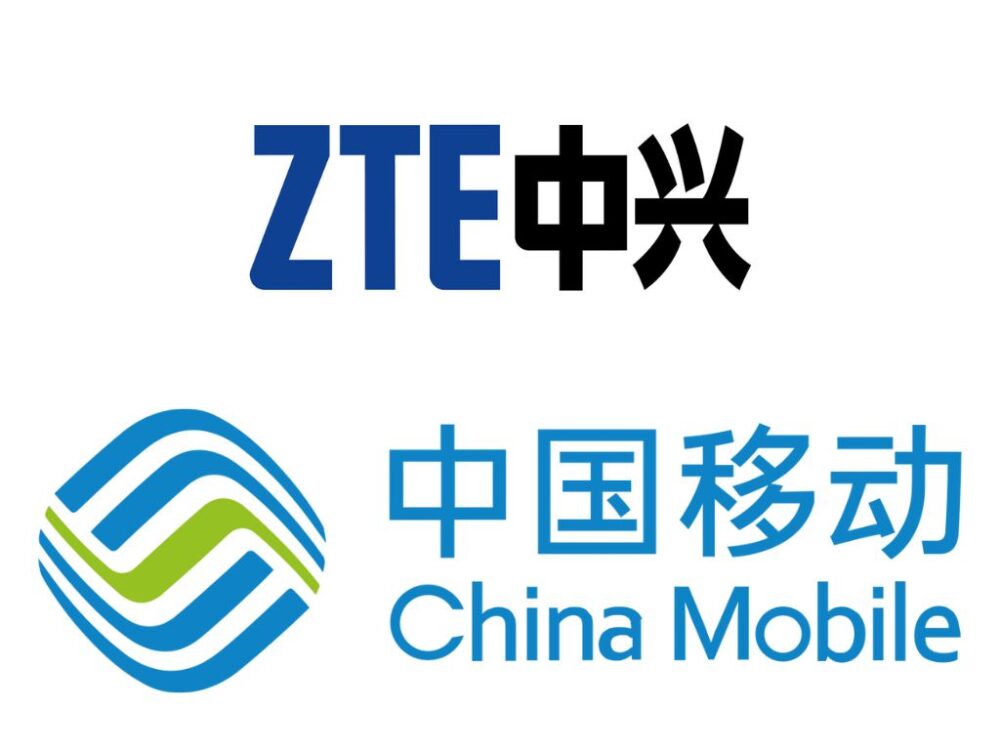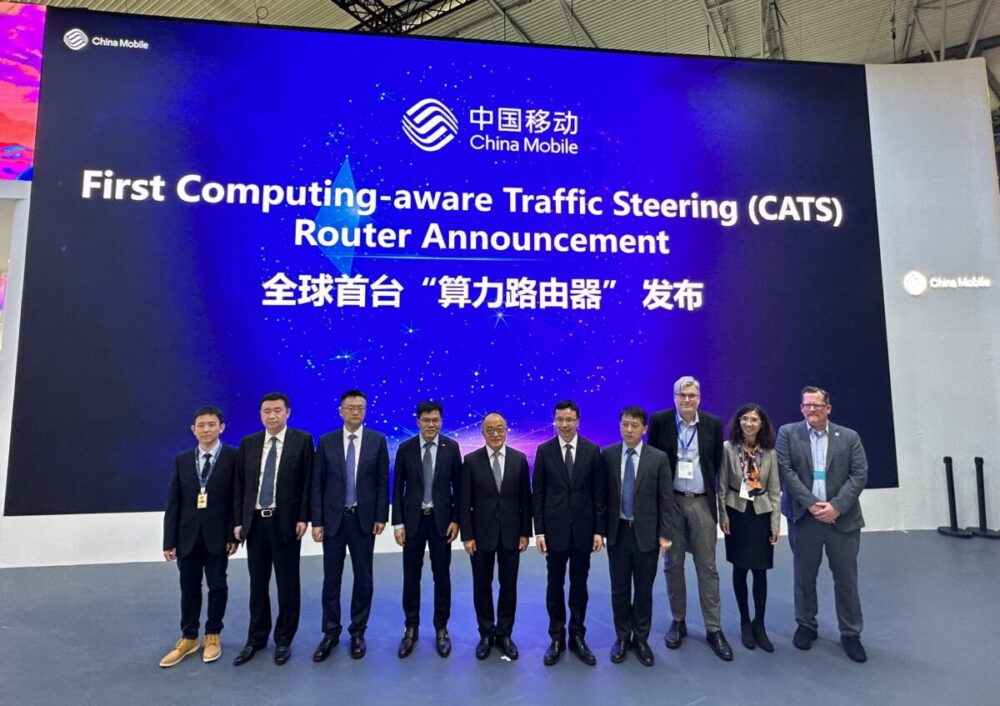At Mobile World Congress (MWC) Barcelona 2024, a groundbreaking collaboration was unveiled: ZTE Corporation and China Mobile, both leaders in the information and communication technology industries, are partnering on the Computing-Aware Traffic Steering (CATS) router.
This high-tech router can make digital services much faster and much more efficient. In short, it’s a milestone in computing-network convergence, setting the stage for major improvements in the digital economy.
ZTE Corporation: Introducing the Revolutionary CATS Router
Just as a refresher, a router is a device that connects packet-switched computer networks. “Packet-switched” means that data is sent and received in small amounts, or packets. And the speed at which data packets can travel from their origin to their destination is called network latency. The lower the latency, the faster and more efficient a computer network will be.
Furthermore, a computer network takes care of a function called traffic steering. As the name suggests, traffic steering is when the network decides which pathways a packet should take in order to reach its destination; it then steers the packet in the right direction.
For its part, the CATS router can steer data packets proactively and impressively fast. That’s because it finds and utilizes ultra-low-latency services. And its algorithms detect ideal traffic paths. That is, those algorithms collect data related to packet loss rate, link bandwidth, network delay, and more. Then, after analyzing all that data instantaneously, the router sends its traffic along the optimal paths.
With these capabilities, a network can perform at higher levels. Yes, with end-to-end latency greatly reduced, digital services will improve considerably.
Collaborative Innovation: ZTE Corporation and China Mobile’s Journey with CATS Router

ZTE and China Mobile have been trusted names in telecommunications for nearly three decades. However, their partnership started more recently. In 2021, these companies decided to team up and conduct joint research projects as well as ideate, create, and develop technologies together.
ZTE Corporation — which was founded in 1995 and is based in Shenzhen, China — provides communication information solutions to countries spanning the globe. In fact, more than a quarter of the Earth’s total population is served by ZTE in some capacity.
China Mobile, meanwhile, was founded in 1997 and has its headquarters in Beijing. These days, it has hundreds of millions of customers — more customers than any other mobile operator anywhere.
Since ZTE and China Mobile employ some of the most creative minds in telecommunications, maybe it was only natural that they would team up at some point. However, even with their extensive experience and technological leadership, designing the CATS router has proven to be a daunting challenge.
The companies began this project by doing extensive research and by setting certain performance benchmarks for this new technology. Then, once they had a prototype, they set up some test situations for the new router to navigate. As it happened, the CATS router performed remarkably well in those scenarios. In fact, it well outpaced the initial goals.
Finally, after a period of fine-tuning, a remarkable product is ready to take the telecoms world by storm.
Unveiling the Specs and Benefits of ZTE Corporation’s CATS Router

In the end, the CATS router can boost a multi-edge computing site’s utilization rate by more than 30%. And it significantly reduces latency, too.
Reduced latency isn’t just a matter of convenience. Data speed and computing power are key elements of our digital world. Healthcare, banking, trading, education, and many other sectors of our society require the fastest available network speeds. Indeed, when these speeds are at their fastest, resource utilization rates go up, and service deployment expenses go down. And, in so many instances, exciting innovations become possible.
In particular, lower latency levels are vital to the progress and proficiency of artificial intelligence. When AI programs are unable to receive data fast enough, they’re much less likely to devise new concepts, make precise judgements, or offer useful insights.
On the other hand, with the lowest possible latency rates, AI systems can achieve their full potential. Take these examples:
- AI-equipped medical robots could perform complex surgical tasks while monitoring patients’ health and vital signs.
- AI marketing applications could identify consumers according to their backgrounds and spending habits, and they could instantly display the right advertisements to the right people at the right moments.
- AI stockbroking apps could instantly analyze reams of financial data in order to make profitable trades at optimal moments.
Those are just a few of the many ways AI programs could enhance our lives and careers every day, so long as they can operate at super-fast speeds.
In addition, one of the most exciting things about the CATS router is the potential it holds for multi-dimensional computing. This type of computing brings together various ecosystems: cloud, terminal, and edge, for instance. That way, they can integrate their activities seamlessly.
Right now, multi-dimensional computing rarely takes place. That’s because combining ecosystems requires extremely high data speeds and phenomenal amounts of computing power. However, because the CATS router can supply such speed and power, it can enable multi-dimensional computing in places where it’s been unattainable.
In the future, multi-dimensional computing could lead to all kinds of technological advances, transforming how we live, work, and play.
In short, the CATS router represents a huge step forward in computing-network convergence. And this convergence promises greater power, flexibility, usability, and security for all kinds of AI applications, machine learning systems, and other computing programs. Beyond that, the CATS router shows what can be achieved when two leading organizations — in this case, ZTE and China Mobile — join forces to dream up a better tomorrow.





